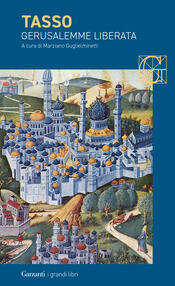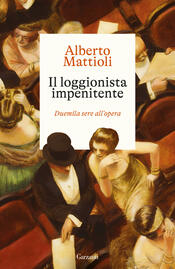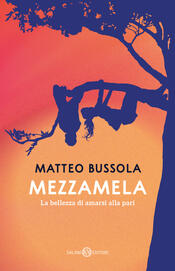

Sinossi
Pubblicato nel 1960, Finitudine e colpa è con Verità e metodo di Gadamer il testo che inaugura l'"âge herméneutique", un'età che ha fatto dello statuto dell'interpretazione una questione dirimente per la filosofia. L'ermeneutica in quest'opera si presenta come decifrazione dei simboli e dei miti attraverso i quali è stata fatta esperienza, nelle tradizioni greca e biblica, dell'enigma del male. Simboli primari (impurità, peccato, colpevolezza) declinati nei miti del "principio e della "fine" e caratterizzati da una duplicità di senso. Di qui la definizione della ermeneutica come dialettica tra senso letterale e senso profondo dei simboli. Un modello posto sotto il motto «il simbolo dà a pensare». Sta in ciò la classicità di Finitudine e colpa: Ricoeur ha fatto del male - delle sue condizioni simboliche di possibilità - la cosa stessa della filosofia. E ha giustificato - come fosse una «seconda rivoluzione copernicana» - la legittimità dell'ermeneutica: essa è il cammino della ragione, attraverso il conflitto delle interpretazioni, per render conto del male che è già lì, e resta opaco al rischiaramento. Un compito «mai finito di distruggere gli idoli, al fine di lasciare parlare i simboli».
- ISBN: 8837224117
- Casa Editrice: Morcelliana
- Pagine: 656
- Data di uscita: 03-06-2021
Recensioni
I read "The Symbolism of Evil" in a seminar class in college. This is not light reading and I found it frustrating at times to decipher; however, when I took the time to read each line carefully and write my own translation in a simplified way, I was usually on track. The ideas can be disheartening
My stepbrother handed me a paper entitled "The Myth of Redemptive Violence" by Walter Wink yesterday. Reading it reminded me of his assignment of Ricoeur's The Symbolism of Evil during my first class with him during the first semester at Union Theological Seminary in Manhattan. Wink is a very clear
If this book is a good demonstration of phenomenology, then phenomenology is a series of arrogant assumptions, linguistic fallacies, and logical fallacies.
I would like to read this book again. Ricoeur is just too deep and profound.I would like to read Ricoeur seriously at some other time.
It is nothing short of a scandal that anyone was ever allowed to write like this. Such is the nature of the beast, I suppose. Paul Ricoeur may have had insightful things to say in these 360 pages, but they are buried beneath impenetrable prose, each turn of phrase more indecipherable than the last.
A little esoteric, but overall a stimulating survey of ancient mythology that tries to correlate what those myths have come to mean, how they developed, and how we can engage them in a philosophical commitment to seeking understanding.
If I remember correctly this book gets medieval on your ass.
I read this in college in January 1976. The first part has stuck with me. The difference between signs and symbols have helped me in many areas of life.
Citazioni
Al momento non ci sono citazioni, inserisci tu la prima!























